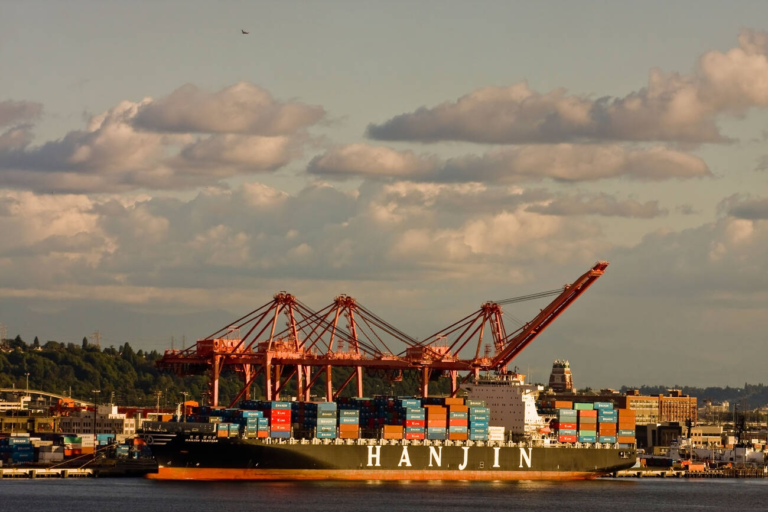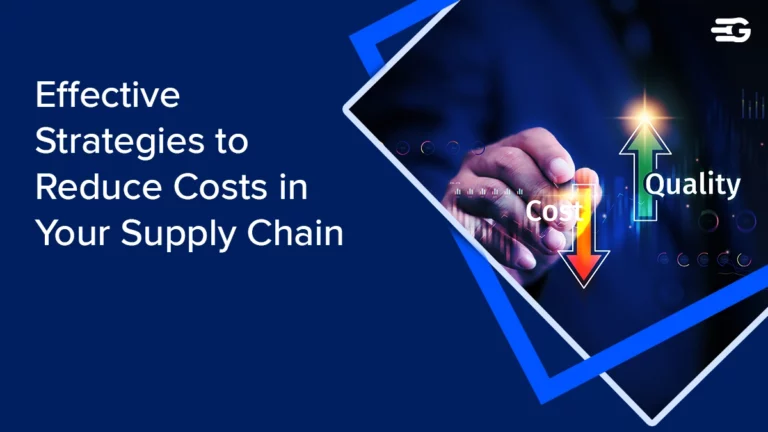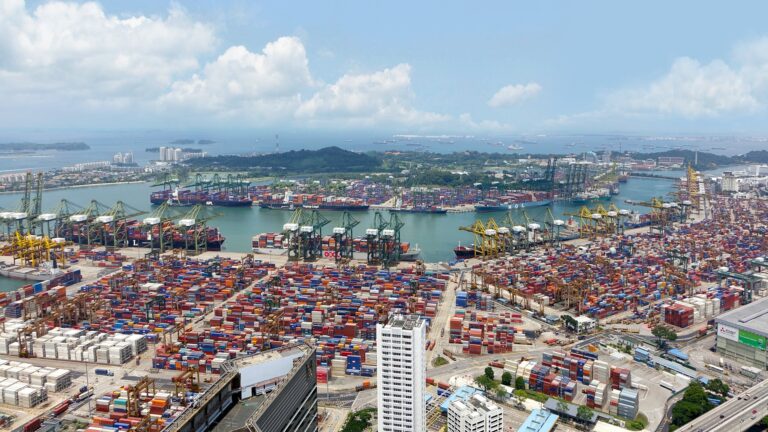Data Driven Freight Management: Why it is Important?
Simplifying freight management is an onerous process. A typical freight forwarding shipment generates significant business-critical data – around vendors involved, rates procured, shipper performance, invoicing, and more. This data, however, can be scattered across a variety of sources, such as emails and phone calls, with the result that it often becomes lost or overlooked. This leads us to the question – are you missing out on the value of your freight management data?
Lack of Data Is Hurting Your Freight Operations
The traditional process of capturing bids on spreadsheets and calls leads to loss of data and your logistics team is left in the dark. There is some motivation to collect data, but it is mostly managed on spreadsheets. The pile of spreadsheets covering this data is unnerving to the manufacturers and gives no further insight into the freight management process. The lack of freight data can cause:
- Poor supply chain management: Without KPIs to track historical data or to use predictive analysis for your freight transactions, there is no efficient way to manage your supply chain. Also, it takes a lot more time to locate a carrier willing to ship consolidated freights, but with data, these carriers can be easily located.
- Lack of reliability towards the vendors: Vendor relations cannot be strengthened due to the lack of data to fall back on. Without records of past shipments and conversations, a metric cannot be assigned to measure the reliability of each vendor. Optimisation of your shipping schedule without data is complicated and leads to delayed orders.
- Clearing Audit trails: Finance teams cannot acquire properly recorded conversations and negotiations. Without data, the inconsistencies in invoices go unnoticed, and shippers have to be continuously audited.
- No metric to measure the performance of vendors: Without data, performance management becomes difficult as there is no central platform for all the vendors. Metrics such as docking schedules, dead time cannot be easily measured in an intricate vendor network due to which poorly performing vendors cannot be churned.
Without freight data visibility, the supply chain effectively self-operated, and without advanced systems, that will only lead to disaster. The above factors keep compounding and lead to a dismal end to end freight management.
The Role of Data in Freight Management
Lack of usable data in freight plagues the whole of the supply chain with inefficiencies. Yes, data is highly undervalued, and you unlock a great deal of power once this data gets correctly reported, analyzed and integrated into the freight management systems.
Characteristics of a digital supply chain network
Moreover, machine learning and artificial intelligence can automate and continuously improve, read optimize the existing operations. It helps in streamlining your logistic supply chain process. The collection of freight data leads to another term called freight analytics. Freight analytics are algorithms which help in unlocking the true potential of your data. Access to connected data in a single platform and using freight analytics can enable the logistics teams to:
- Reducing your freight spends: Understand where you are leaking money so that you can cut the problem at the source.
- Recognize the limits of outdated systems
- Connect your assets with IoT-enabled devices
- Diversify your carriers and Logistic Service Providers (LSPs)
- Freight payment accuracy, including invoicing accuracy
- Enables responsiveness and productivity: The active documentation of all shipper operations helps the data to be used to make the process more efficient. Any potential problems with carriers can be immediately intervened and solved.
- Automate and apply big data analytics to understand and respond to issues/opportunities
- Inbound freight data helps shippers design flexible and creative solutions
- Evolve beyond a forced OMS or WES that barely scratches the surface of transportation management
- Calculating the total transit time for shipments and distance travelled, as well as a measure of the ratio of transit time to distance.
- Helps in tracking the leading freight KPIs: Improperly defined KPIs leads to an increase in freight spends. Tracking the right KPIs helps create quantifiable and actionable metrics and assist in designing a robust freight management process. Some of the leading KPIs that can be tracked include:
- The rate of perfect shipment within the organization
- The rate of on-time pick up for your operation as a whole and broken down by carriers
- The incidence of use of out-of-network carriers and their costs
- The average dwell time of both inbound and outbound drivers.
- Guarantees visibility and adds value to the process: The access to data gives overall visibility to the freight process
- Gain real-time visibility in all vendor activities
- Identify carriers’ and other supply chain partner’s problems with visibility
- Integrate your TMS with all systems
- Making freight trend reports to analyse your logistic operations
Use of Big Data Analytics in logistics (Image Credits: Foresight, Government Office of Science)
The entire process of data collection is quite difficult to manage manually in complex vendor networks. A platform like GoComet’s helps simplify this process greatly.
GoComet’s Platform and Data Analytics
In platforms such as GoComet’s data collection is done around rates and routes, performance, invoicing. The manufacturers have complete access to this data, and it helps them in the following ways:
- Understand freight trends: Freight trend analysis helps in predicting the future freight movement and making guided sales decision. It also helps in analyzing different metrics like forwarder performance or your company’s freight performance or changing trend in the freight rates.
- Identifying vendors, carriers, and consumers: Understanding the transactional relationships involved in logistics improves visibility and avoid potential issues.
- Understanding key levers to optimize freight performance: This helps them in identifying key areas their organization’s logistics is failing at and helps them correct these problems. It might be in tracking, invoicing, negotiating, or some other pain points.
- Use data to measure vendor performance: Another application for inbound freight data is its use in measuring vendor performance, helping shippers identify the problems and providing a pathway to a resolution to prevent such issues from recurring.
- Give suppliers, and vendors access to applicable systems: Getting suppliers and vendors on board with using the same platform as your organization reduces inconsistencies and ensure data is accurate and useful.
- Improve freight negotiations and understanding the PnL of each lane: Using reverse auctioning frees the logistics team from the pain of negotiating. A report compiled on each of the previous freight transactions gives valuable insight into the freight lanes concerning time and finance.
The benefits of compiling such reports are:
- Reducing bottom lines in freight spends
- Better transparency in negotiations
- Helps in shifting from a linear supply chain to a dynamic network
- Clear visibility in tracking and invoice reconciliation along with reduced invoice process spends
- Performance management and increased visibility
Also use GoComet Freight Index to better manage your freight rates.
References:
Cerasis’s report on Invaluable role of data in freight management
Ernst and Young’s report on Digital Supply Chain
Deloitte University Press’s report on Digital Supply Network






